What causes droughts? A deep dive into causes, impacts, and solutions
Millions of people in the world are facing huge challenges of droughts, and this is also a big threat to many nations. What causes drought, and how can we limit this disaster? In this article, we’ll explore the key reasons behind droughts, their impacts, and prevention tips.
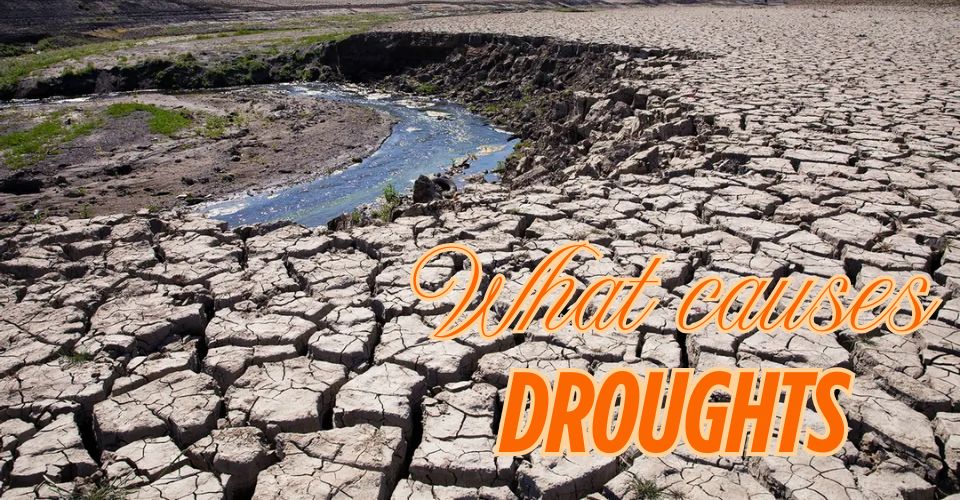
Causes of droughts
What causes droughts?
Droughts refer to a severe shortage of water in a particular location for a long time.
Many factors contributed to this disaster. However, there are 3 main reasons: meteorological, hydrological, and human causes.
Meteorological causes
Meteorological factors can make an area receive less rainfall than average.
El Nino and La Nina changes in ocean temperature cause drought in some parts of the world.
-
El Nino makes the ocean temperature warmer than average. It can cause drought in the southwestern US and southern Africa.
-
La Nina makes the ocean temperature cooler than average. It can cause drought in Australia and Indonesia.
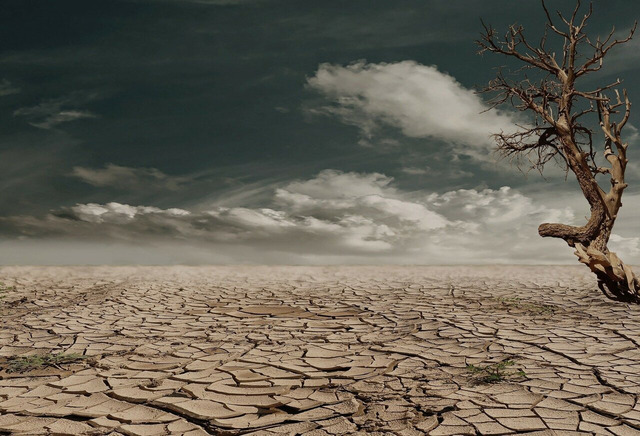
Meteorological factors led to droughts
The jet stream is a fast-moving ribbon of air high up in the atmosphere.
When its path shifts, it can carry dry air into certain regions, contributing to drought conditions.
Similarly, changes in atmospheric circulation patterns can disrupt normal weather cycles, such as delaying or reducing monsoon rains in places like India.
In the UK, persistent high-pressure systems can prevent rain-bearing low-pressure systems from arriving, which may result in prolonged dry spells and drought.
Hydrological causes
Drought can occur when natural water sources like rivers, lakes, reservoirs, and underground aquifers become depleted.
Regions that depend heavily on rainfall and surface water are particularly vulnerable, as these sources can evaporate rapidly during hot, dry periods.
This raises the probability of a drought.
Hydrological droughts often develop slowly, since underground water reserves, such as aquifers, may take months or even years to fully recover once depleted.
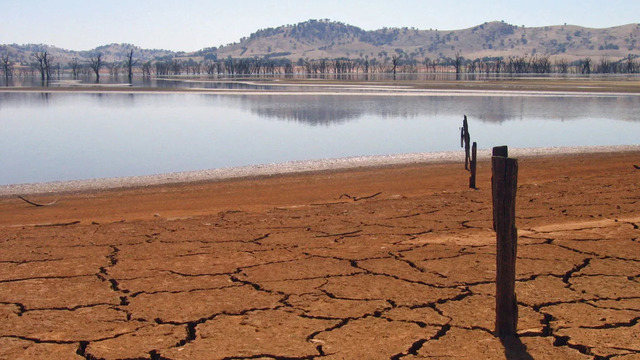
Water sources can evaporate rapidly during hot, dry periods
Human causes
Human behaviors also contribute to droughts.
-
Deforestation: Studies proven a relationship between deforestation and droughts. Plants and trees work well in capturing and releasing water into the sky, resulting in clouds and rain.
-
Agriculture: Intensive farming not only adds to deforestation, but it also reduces soil absorbency, causing it to dry out faster.
-
High water demand: The larger the population, the higher the water demand. Besides, the high demand upstream in rivers for irrigation, dams can drive droughts in downstream places.
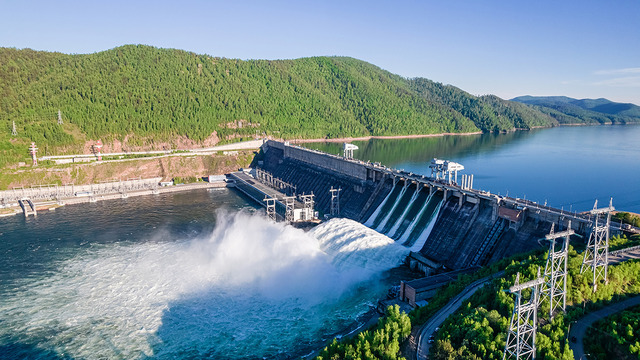
High water demand in upstream areas can lead to droughts in downstream areas
How does the drought impact people?
Drought impacts are huge and visible. It can influence all aspects of our lives, from health, economics to even conflicts.
Risk of famine
Drought promotes food scarcity when crops fail. Famine can result when many people lose access to food, leading to high levels of food insecurity, illness, and mortality in the affected region.
East Africa is currently experiencing massive food shortages and near-famine conditions, with millions of children under 5 suffering from extreme acute malnutrition.

Drought promotes food scarcity when crops fail
They are vulnerable to sickness, significant developmental delays, and even death because they are deficient in vital vitamins and minerals needed for normal growth.
Increase in diseases
Drought impairs critical access to safe drinking water.
This can lead to people drinking polluted water, resulting in epidemics of diseases such as cholera and typhoid.
These diseases can also spread in areas with poor sanitation, which is another side-effect of not having access to safe drinking water.
Wildfires
Dry conditions may contribute to wildfires, which can harm vegetation and threaten homes in higher-risk areas. Fires can also degrade air quality and worsen chronic lung problems.
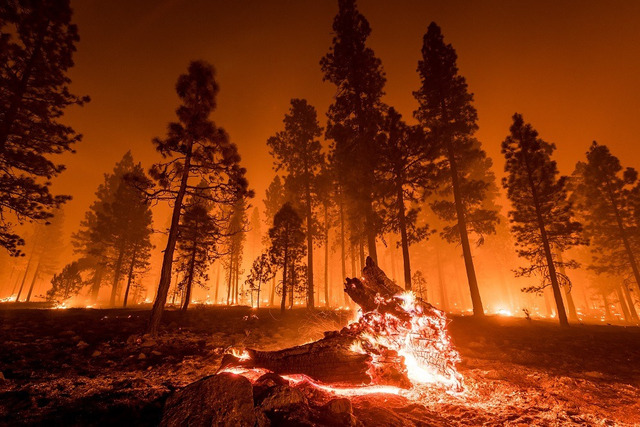
Dry conditions lead to droughts and wildfires
Immigration
People often travel longer distances to access clean water, and prolonged shortages of water or food may drive migration in some cases.
The World Health Organization announces, "Water scarcity impacts 40% of the world's population, and as many as 700 million people are at risk of being displaced as a result of drought by 2030."
Conflict
According to research, drought exacerbates pre-existing disputes.
Large-scale displacement due to drought can increase pressure on host regions, and if unmanaged, may contribute to social and political tensions.
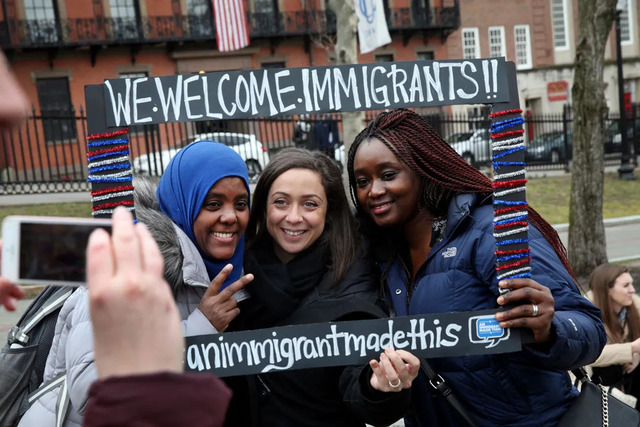
Large-scale displacement due to drought can increase pressure on host regions
Flooding
Flooding might be a problem in drought-prone areas.
Rain after a drought appears to be a wonderful thing, but after a dry period, sudden heavy rains can cause deadly flash flooding, as witnessed in Pakistan.
This happens because droughts make soil harder and baked, with little to no plant cover and poor soil quality, preventing rain from soaking in.
When heavy rain occurs, they run across parched ground and sweep all things on their path.
Which countries have the worst drought?
Droughts can happen all around the world when all the factors that form it converge. However, their effects vary by region.
Which country has the worst drought?
Somalia has been among the countries most affected by recent drought conditions. According to Abukar Mohamud, IRC’s Deputy Director of Programs for Somalia, several other nations are also considered highly drought-prone, including Afghanistan, Angola, Brazil, and Chile.
In general, droughts pose the greatest harm to places with high-pressure weather systems, which are already prone to desertification.
Countries with high dependence on agriculture are often more exposed to the socioeconomic impacts of drought.
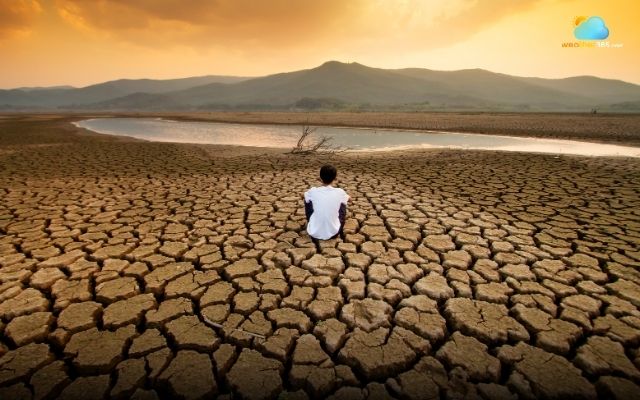
Countries are in high risk of droughts
Can rain stop a drought?
The answer can be YES or NO.
Rain can help during a drought, but it doesn’t end it immediately.
Light rain may briefly green up plants, but it often evaporates quickly.
Heavy thunderstorms can cause runoff and flash floods without replenishing soil moisture. To truly end a drought, a region needs consistent, soaking rainfall over time to restore groundwater and normalize conditions.

Can rain end droughts?
What can we do to prevent drought?
The main cause of drought comes from human behavior. Therefore, it is in our hands to prevent this natural disaster.
The things we can do such as:
-
Use water wisely: Turn off faucets when not in use, take a quick showers, avoid overwatering lawns…
-
Reduce water waste: regularly check leaks and repair them on time, and install water-saving appliances. (Read more in How to conserve water)
-
Recycle water: Implement greywater recycling systems for multiple uses.
-
Monitor soil moisture: Determine when and how much to water plants and trees.
-
Water early in the morning: Watering during cooler hours will limit evaporation.
-
Cultivate drought-tolerant crops: These crops require less water and can withstand severe conditions during the drought period.
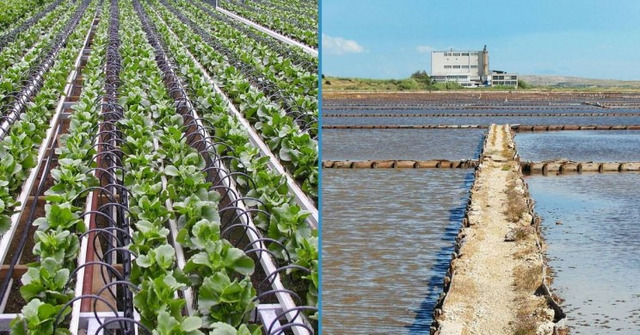
Ways to prevent droughts
Conclusion
What causes droughts? There are 3 main reasons behind this crisis. Among them, human activities contribute a larger part to forming droughts. As a result, to save our lives, save our precious water, we need to conserve water right in today.

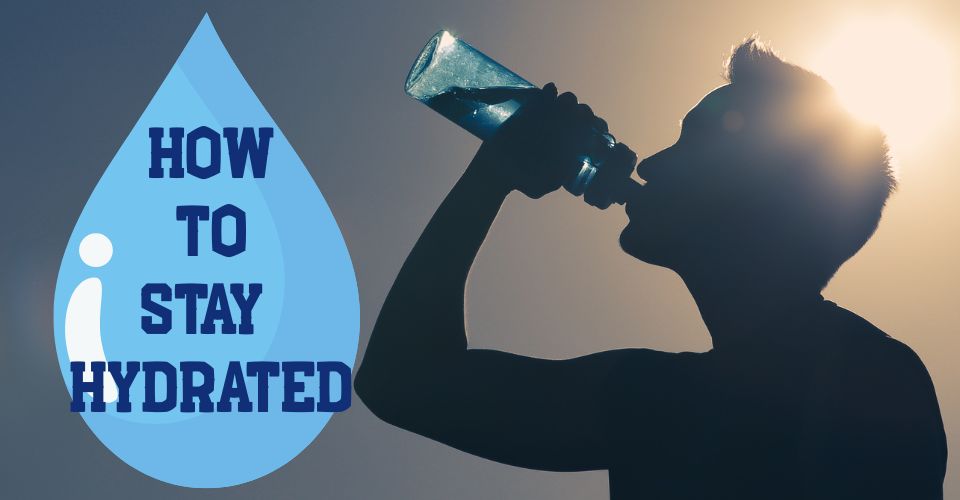
![Worst Droughts in US History: What We Can Learn from Them? [List] Worst Droughts in US History: What We Can Learn from Them? [List]](https://assets.weather365.com/images/1751538966_worst-droughts-in-us-history-1.jpg)
![5 Types of Drought & Their Impacts on Human Activities [Explained] 5 Types of Drought & Their Impacts on Human Activities [Explained]](https://assets.weather365.com/images/1751539051_types-of-drought-1.jpg)
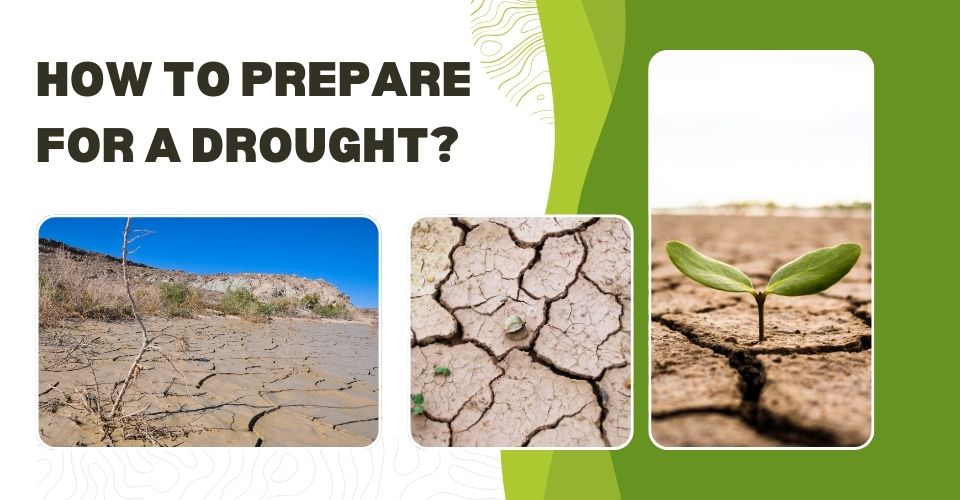
0 Comment
Leave a comment
Your email address will not be published. Required fields are marked *